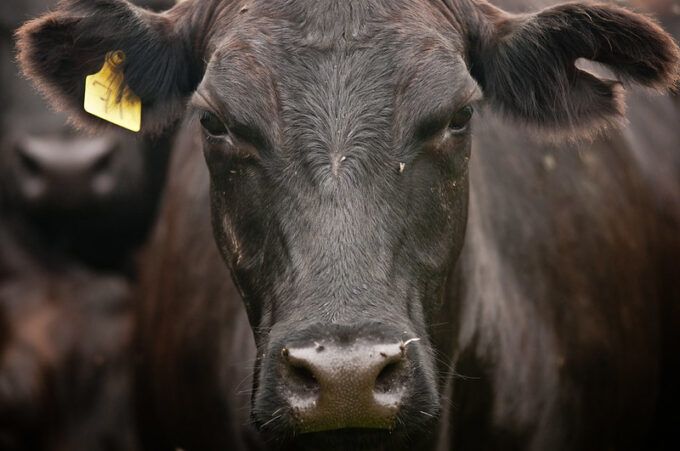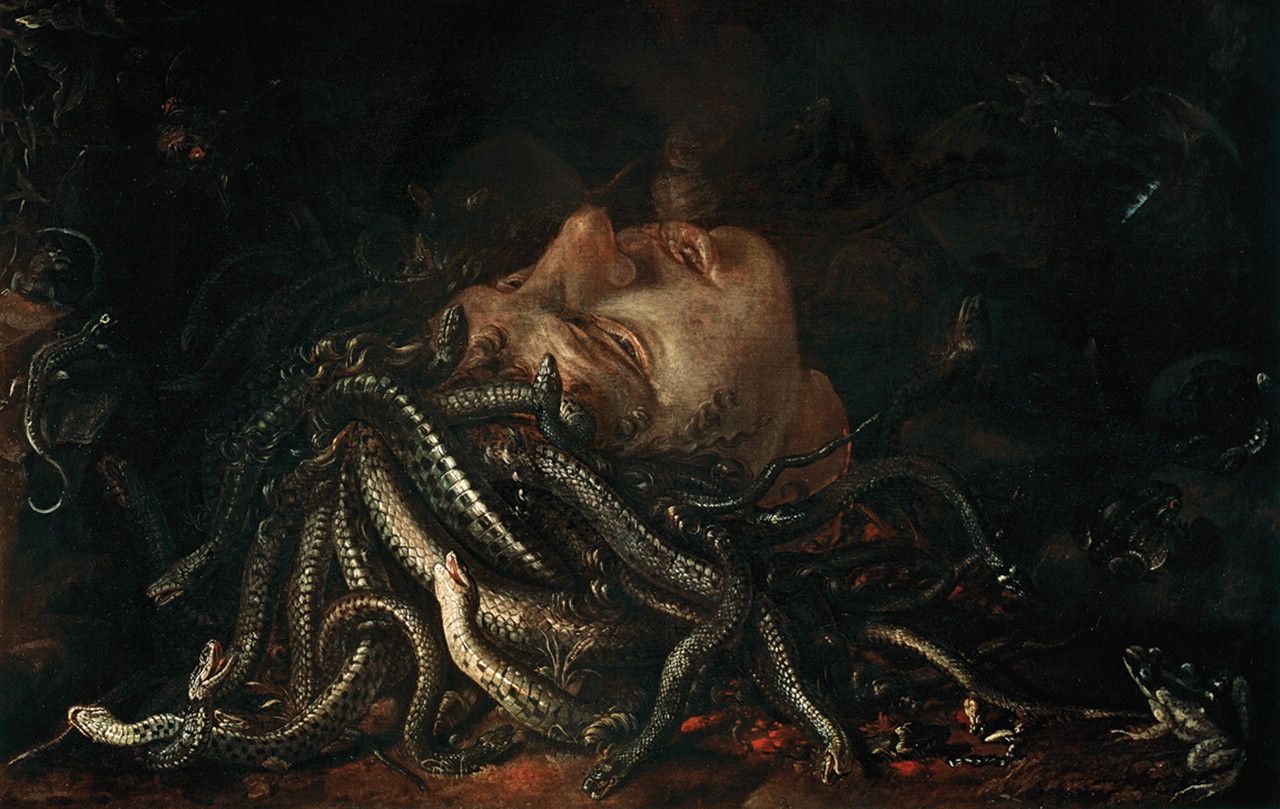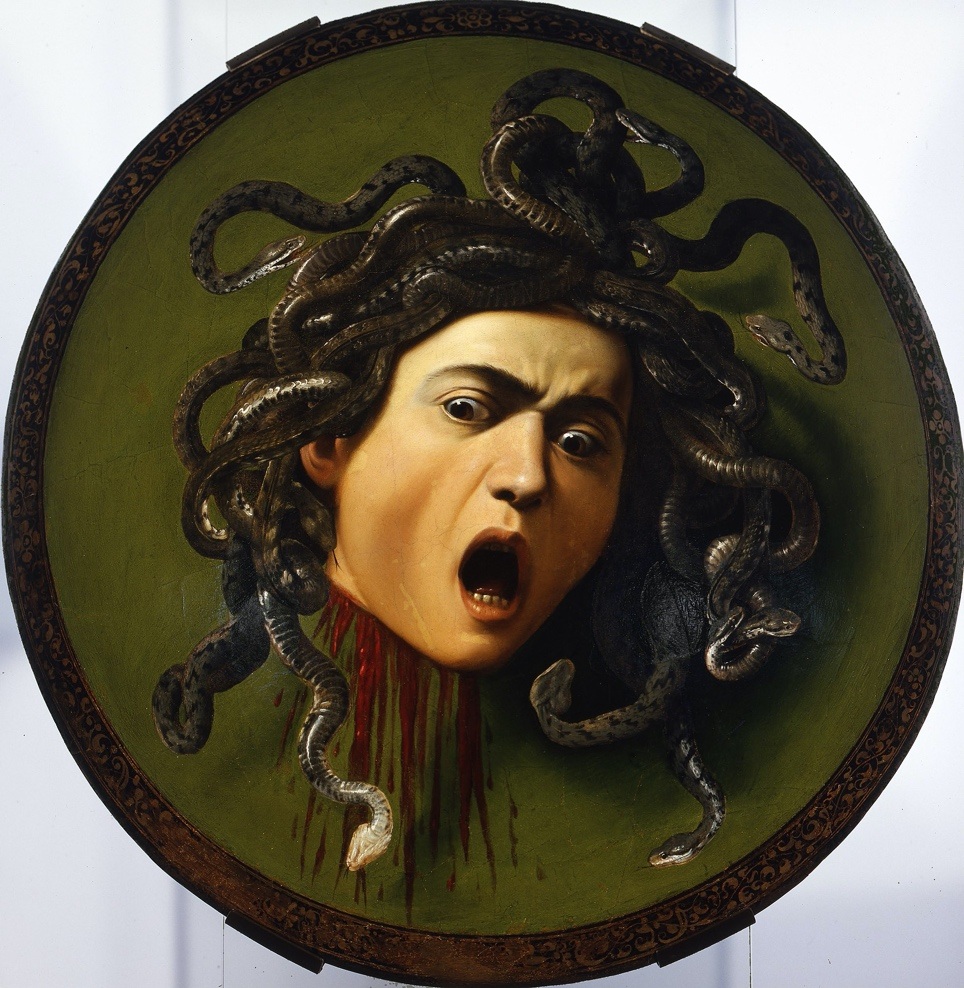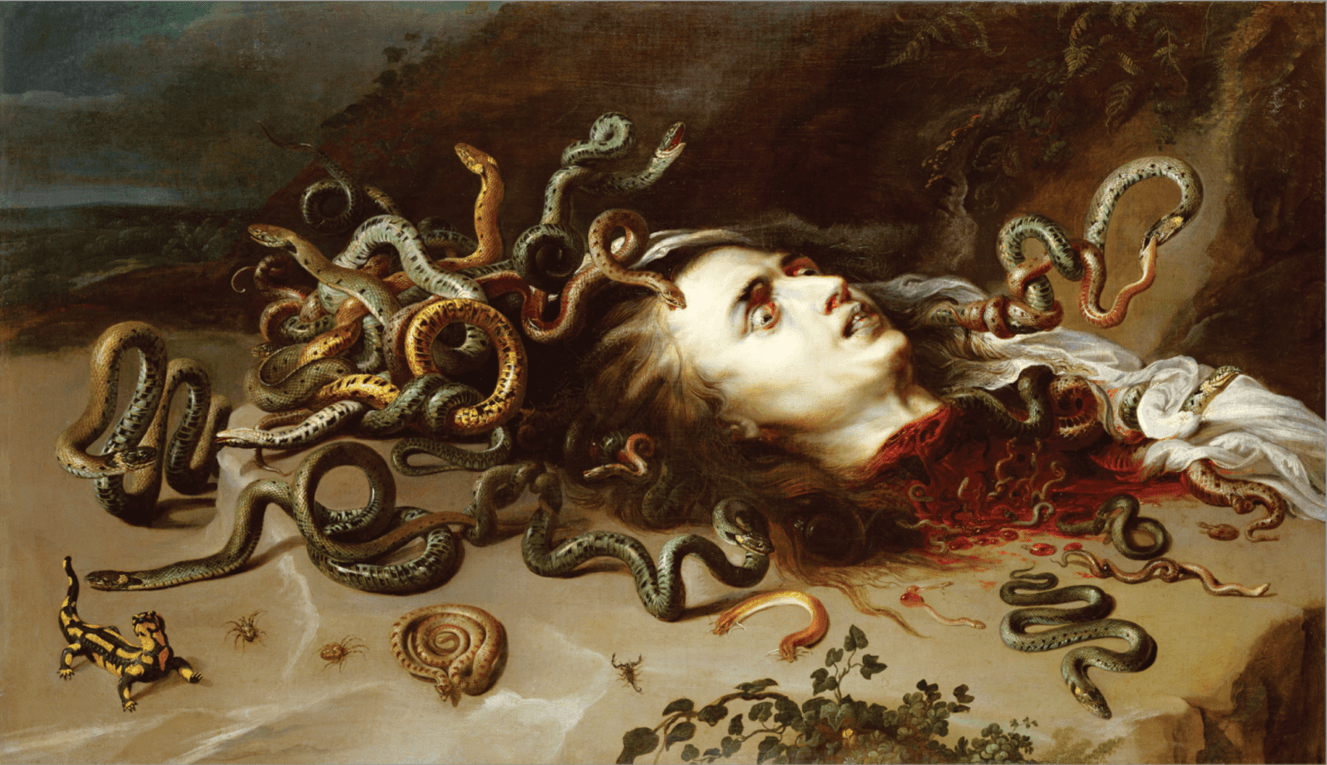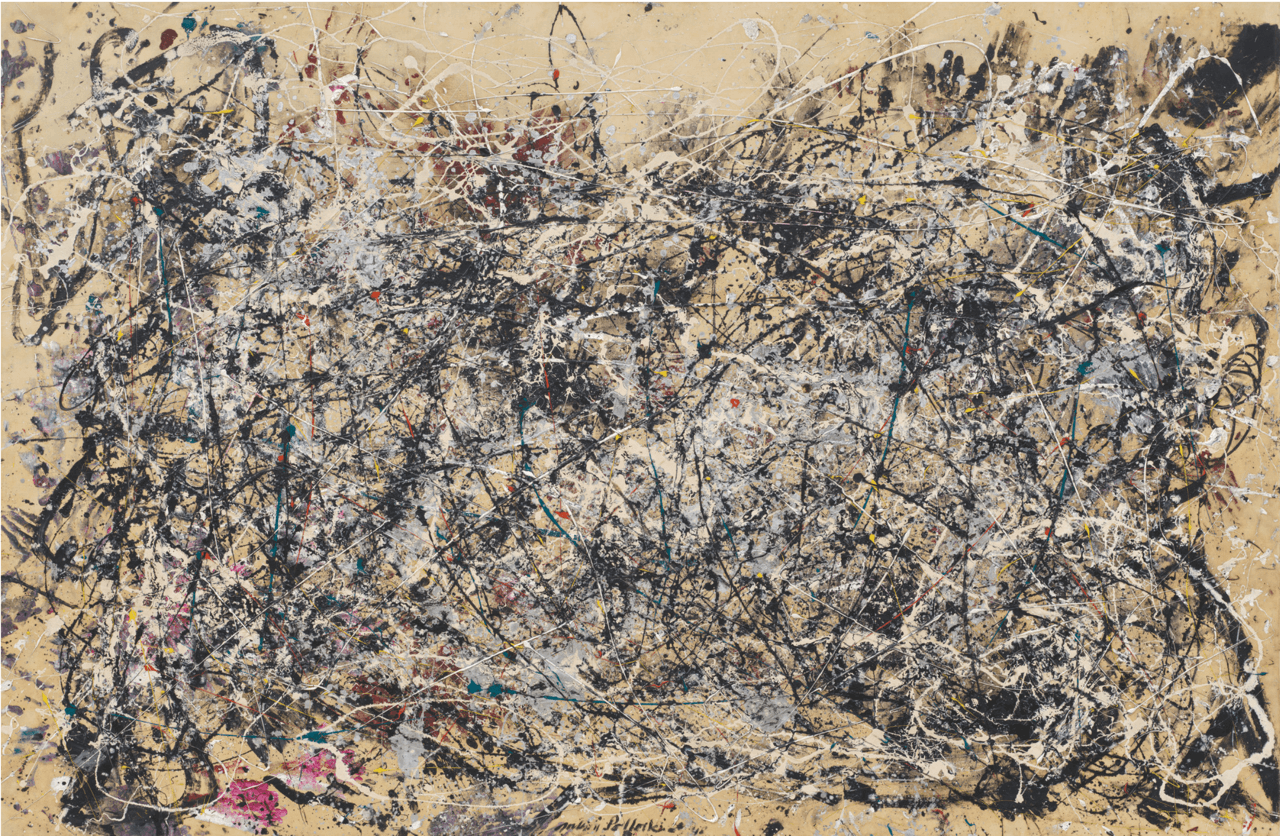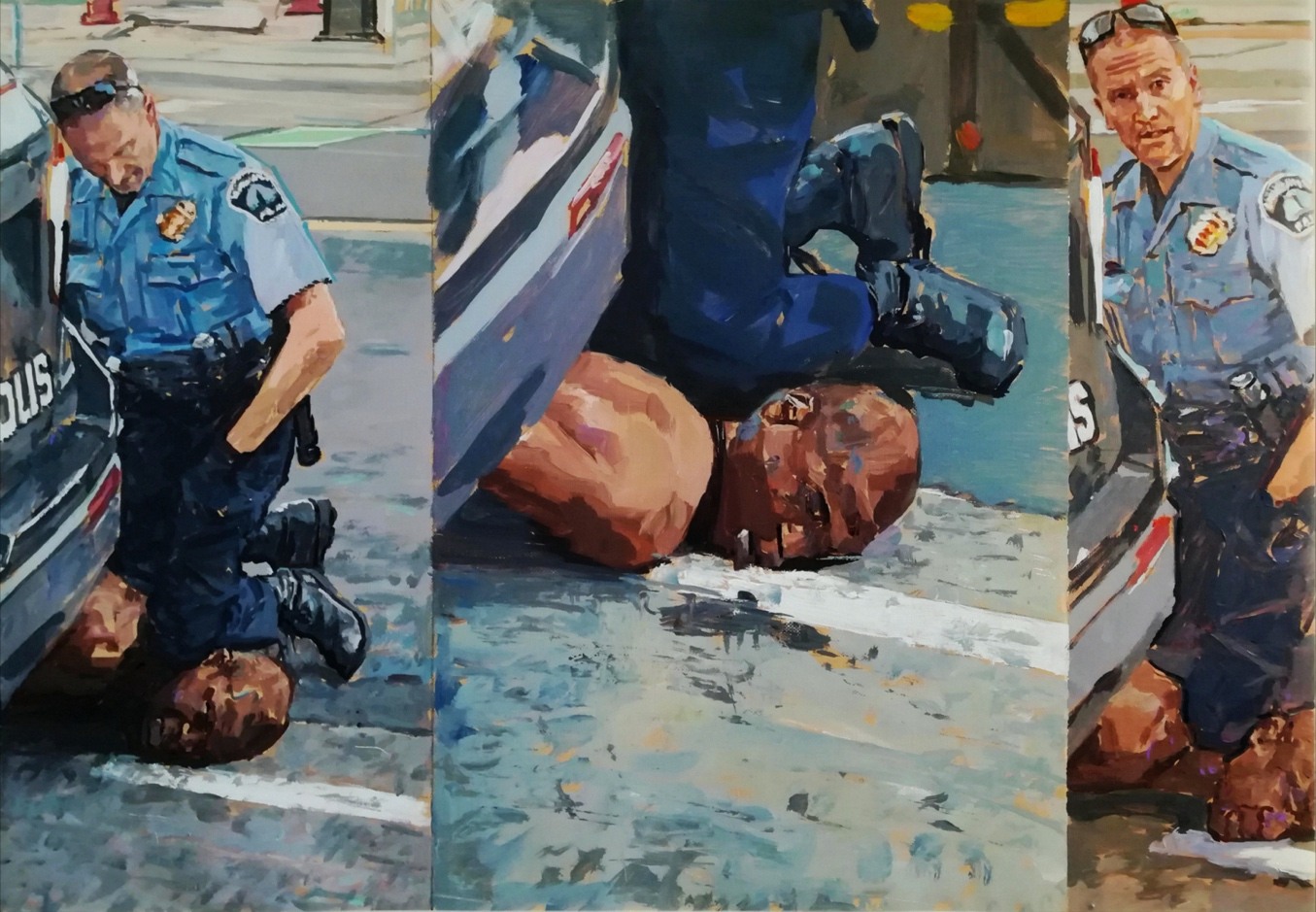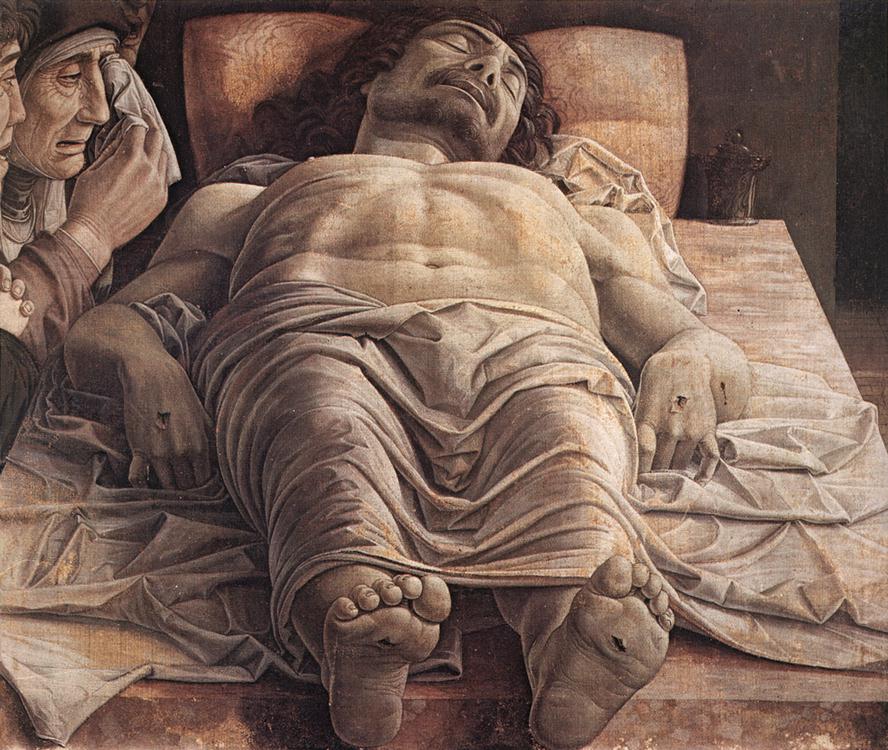
by Nasir A. Andisha and Hamid A. Formuli
April 22, 2022
Human rights abuses in Afghanistan have continued to accelerate since the Taliban takeover last August. While the international community professes outrage, it has failed to prevent escalating abuses or to take steps necessary to investigate and collect evidence for future accountability efforts. There is no question that the Taliban takeover of the country presents challenging circumstances for defense of human rights. But the international community must use the tools at its disposal to ensure that human rights in Afghanistan do not become a neglected priority.
The Taliban’s gross violations of human rights are particularly evident in its abuse of promises of “general amnesty,” which has flown around as the catchphrase of the Taliban’s leaders and their naïve sympathizers ever since the militant group took over Afghanistan seven months ago. However, evidence to the contrary is only mounting each passing day. Scores of arbitrary detentions, enforced disappearances, torture, forced confessions, and ultimately unlawful killings define Taliban rule. Recent reports including the New York Times’ detailed investigation, The Taliban Promised Them Amnesty, Then They Executed Them, reveal a dangerous pattern and indicate how the group intends to rule Afghanistan.
The Taliban’s targets include officials of the former government (in which we both served), members of the security forces, human rights defenders to peaceful protesters and journalists covering those events to ordinary citizens who dared to post on their social media. The United Nations Assistance Mission in Afghanistan (UNAMA) and various notable human rights organizations expert on Afghanistan have reported a steady increase in the use of arbitrary detention and enforced disappearances, in particular targeting women activists and other critics. According to Amnesty International, over 60 such cases occurred in January and February alone, with children among the victims. The real numbers are believed to be much higher due to underreporting caused by the climate of fear and the vacuum created by the dissolution of national monitoring structures and the absence of international monitoring structures.
It is also difficult to get a picture of the true numbers because, under the Taliban, denial often goes hand in hand with impunity. In one high profile case, the Taliban denied detaining two activists, Tamana Zaryab Paryani and Parwana Ibrahimkhel, and their relatives, including a 13-year-old girl, until their release a month later. The case of Fayaz Ghowri, an activist and former government official, followed a similar pattern.
Violations by the local Taliban commanders have been particularly notorious and contrary to the group’s promises of amnesty, often leading to the dead bodies of the individuals discovered days later, bearing signs of severe torture. On Mar. 12, a local news channel reported the arrest of Abdul Sadiq, a former police officer and father of four children in Kabul, whose fate is unknown to date. In a similar case, Rahmatullah Qaderi, a former Afghan National Defense and Security Forces (ANDSF) officer, was arrested at his doorstep with no news on his fate yet available to his family except footage of him subjected to inhumane treatment. Yar Mohammed, another ex-soldier, disappeared in Ghor province. His relatives claim that, two days after his disappearance, his dead body was found in the capital of the province.
Reports also suggest that the Taliban arrest and torture family members of former ANDSF members in an effort to locate those who went into hiding or escaped the country. In a victim interview spreading on social media, an elderly man claims that the Taliban have taken two of his sons into custody and beaten them severely. He adds that, when he went to ask for his sons’ release, the Taliban put him in custody and tortured him; the circulating video shows the wounds still visible on his body. On Mar. 1, the Taliban shot dead Imam al-Din Changiz, former employee of a local Bank in Taloqan-Takhar province. He was targeted because his older brother was a member of the ANDSF, according to local sources.
Arbitrary arrests and harassment were also reported during the recent sweeping house-to-house search operations in Kabul. Sources have confirmed that former Kabul traffic chief, General Nezamuddin Dadkhah, suffered a medical emergency during a search at his home. He was beaten by Taliban members, resulting in a heart attack and his death.
Evidence from a private collection of select social media posts shows a former army officer arrested by the Taliban subjected to humiliation and severe torture. The recent killing of Lieutenant Colonel Qasim Qaem shows that the Taliban is bound by no moral or legal grounds. Qaem was an educated military cadre fooled by the promise of amnesty who returned to his functions at the Ministry of Interior Affairs, only to die from torture at the hands of the group.
Sadly, these cases just represent the tip of the iceberg. Numerous similar accounts of arbitrary detentions and enforced disappearances are reported through social media, local news channels, and interviews with victims or members of their families. Ironically, a number of such detentions are made under the guise of anti-terrorism, with the Taliban often labeling the victims ISIS affiliates.
The Taliban’s campaign of terror has focused not only on ANDSF members, but has also sought to silence all voices of criticism and dissent. The Taliban arrest, abduct, and intimidate civil society activists, political commentators, journalists, and even ordinary citizens posting on their social media channels, listening to music, or carrying the national flag. The group detained a university professor, Faizullah Jalal, following his critical comments on live TV and a mini quarrel with a fellow guest, one of the Taliban’s spokespersons. Detention of Sayed Baqer Mohseni Kazemi, another professor, political analyst, and critic, was another such case receiving public attention.
The detainees are tortured, threatened with constant surveillance, and made to sign papers of self-declaration to never protest or talk to media again. In some cases, even travel documents are confiscated. It is clear that a major goal of this campaign of terror is censoring and silencing critical journalism. Forced confession of girl protestors and permanent absence of Jalal and Baqer Mohseni, two prominent commentators, from the media are vivid examples of silencing and intimidation campaigns.
Estimates suggest hundreds of national and local media outlets are completely shut, and around 80 percent of female journalists have lost their jobs or fled the country, often fearing reprisals for their media work. Intimidation and arrests compels major media outlets, once champions of free speech, to resort to self-censorship and broadcast what the Taliban pleases. Noorulhaq Haider, Shamsudin Amani, Khpalwak Sapai, Nafay Khaleeq, and Bahram Aman are a few of the confirmed arbitrary arrests of national media personnel. The situation of local journalists, who receive little public attention, is much worse.
Apart from the sporadic verbal, written, and visual accounts of human rights violations that come out of Afghanistan every day, the Taliban’s actions have tightened the civic space and spread a cloud of fear to a degree which has astonishingly blocked systematic documentation and prevented Afghans from interacting with international human rights monitoring/redress mechanisms. Speaking at an online event on enforced disappearances organized at the margins of the UN Human Rights Council Session in Geneva, Luciano A. Hazan, Chair-rapporteur of the UN Working Group on Enforced or Involuntary Disappearances, expressed concern that many of these cases could not be formally treated in the absence of complaint and communication from relatives, who appear to be reluctant to approach the working group and other human rights mechanisms for fear of reprisals. At the same event, Elina Steinerte, Chair-Rapporteur of the UN Working Group on Arbitrary Detention, expressed astonishment that, despite widespread allegations, they are still waiting for the instances of detentions in relations to Afghanistan to trickle through to them.
Documentation and evidence-based data collection is a prerequisite of assuring accountability in Afghanistan. The Taliban’s heavy-handed approach and the prevailing environment of fear have severely restricted the work of institutions and individuals defending human rights. The members of the Human Right Council failed to establish a much-needed Commission of Inquiry (COI ) during its Special Session on Afghanistan in August and the 48th regular session in September 2021. Civil society observers attributed this to the intricacies surrounding the sponsorship of the call for the Session and its outcome document lead by Pakistan on behalf of the the members states of the Organization of Islamic Cooperation ( OIC), as well as the stakeholders’ general tendency to wait and see how human rights practices under the Taliban regime would unfold, rather than risk a face-off at a stage where evacuation operations were a major priority.
By documenting gross human rights violations and abuses committed in the run up to Taliban’s military takeover, including evidence of crimes under international law, a COI could have served multiple purposes. It could have acted as a remedial mechanism, assisting in holding those suspected of criminal responsibility to justice. It also could have contributed to prevention of further atrocities by signaling that the international community was committed to ending impunity.
For now, the onus is on the Human Rights Unit of UNAMA and the newly appointed UN Special Rapporteur on Afghanistan. The mandates of both entities — in Security Council Resolution 2626, and Human Rights Council Resolution 48/1 — are sufficiently robust and allow for thorough reporting, monitoring, and protecting human rights in Afghanistan.
The UNAMA should play a more robust role under its strengthened mandate to fill the void caused by the Taliban’s dissolution of Afghanistan’s national human rights institution, and lack of any functional state human rights protection apparatus. The augmented element in the Security Council Resolution enables UNAMA to “monitor, report and advocate with regard to the situation for civilians, the prevention of torture, monitoring of places of detention and the promotion of the rights of detainees, … support and advise on Afghanistan’s implementation of the provisions of core human rights treaties including the Convention on the Elimination of all Forms of Discrimination Against Women (CEDAW) among others.”
The Special Rapporteur should make the most of the crucial responsibility that the mandate conferred upon him to “seek, receive, examine and act on information from all relevant stakeholders pertaining to the situation of human rights in Afghanistan.” These tasks could, for the time being, make up for the lack of a robust accountability mechanism. The Special Rapporteur should also draw on and integrate other elements of the international system, as the Resolution requests the Office of the High Commissioner for Human Rights (OHCHR) to assist the mandate holder with specific expertise on fact-finding, legal analysis, and forensics.
The people of Afghanistan, particularly the victims of human rights abuses and their relatives, and members of Afghanistan’s debilitated civil society at home and abroad, have high expectations for the work of the OHCHR-UNAMA and the Special Rapporteur and will be closely watching their reports to the 51th session of the Human Rights Council in September 2022. As the ongoing atrocities show, it is long past time for the international community to take serious action in defense of human rights in Afghanistan.
IMAGE: Women hold placards during a protest to demand an end to the extra-judicial killings of former officials of the previous regime, in Kabul on December 28, 2021.
About the Author(s)
Nasir A. Andisha
Dr. Nasir Andisha (@AndishaNasir) is a career diplomat and academic. He was Deputy Foreign Minister of Afghanistan 2015-2019, Permanent Representative of Afghanistan to the UN in Geneva and served as the Vice President of the Human Rights Council (2020).
Hamid A. Formuli
Hamid A. Formuli (@formulian) is currently a senior fellow on human rights at the Center for Dialogue and Progress - Geneva. He is a former career diplomat with years of experience in multilateral diplomacy. He headed the Human Rights section of the Permanent Mission of Afghanistan to UN in Geneva and worked as Special Aide to the Deputy Foreign Minister for Economic Cooperation of Afghanistan.
